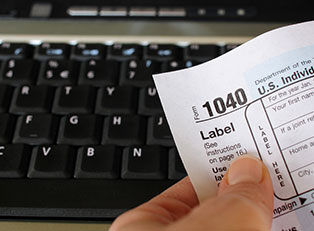You probably know that many large nonprofit organizations are federally income tax-exempt. However, that doesn’t mean they are excused from filing tax information. In fact, many tax-exempt organizations have to complete a Form 990, and depending on the earnings of the organization and the specific type of group it is, they may have to fill out a certain type of Form 990.
The Form 990 promotes transparency of nonprofits and charities. They require an organization to list its expenses, liabilities, assets and activities; this is done to ensure that the organization is living up to its mission statement, and can maintain its nonprofit status. Many organizations make their Form 990s visible to the public on their website, and the previous three years’ forms should be available as well. If you wanted hard copies of the forms, you can pay $1 for the first page and $0.15 for each page thereafter.
Nonprofits with an income ranging from $25,001 to $200,000 file the standard Form 990. Nonprofits with earnings that exceed $200,000 file the 990 or the 990-EZ. Private foundations have their own form, the 990-PF, which they file regardless of size or gross income.
There are certain nonprofit organizations that don’t need to file any type of Form 990. Exempt groups include:
- Religious organizations, such as churches or mission organizations
- Small nonprofits (with annual earnings of $25,000 or less)
- Unregistered nonprofits
- Government organizations
- Religious affiliated primary, middle or secondary schools
- State institutions, such as state universities
Have more questions? See more answers from Alot.



